Why the Right Campsite Makes All the Difference
I still remember the first time my wife and I took our kids on an overnight camping trip. We had the s’mores packed, the sleeping bags rolled up just right, and the excitement level was through the roof. But what we didn’t realize was how much choosing the perfect campsite could shape the whole experience—for better or worse. Our spot looked great online, but we ended up sandwiched between two loud groups, 100 feet from a poorly maintained outhouse, and right in the path of early-morning sun. That was the weekend we learned: the right campground isn’t just about location—it’s about fit.
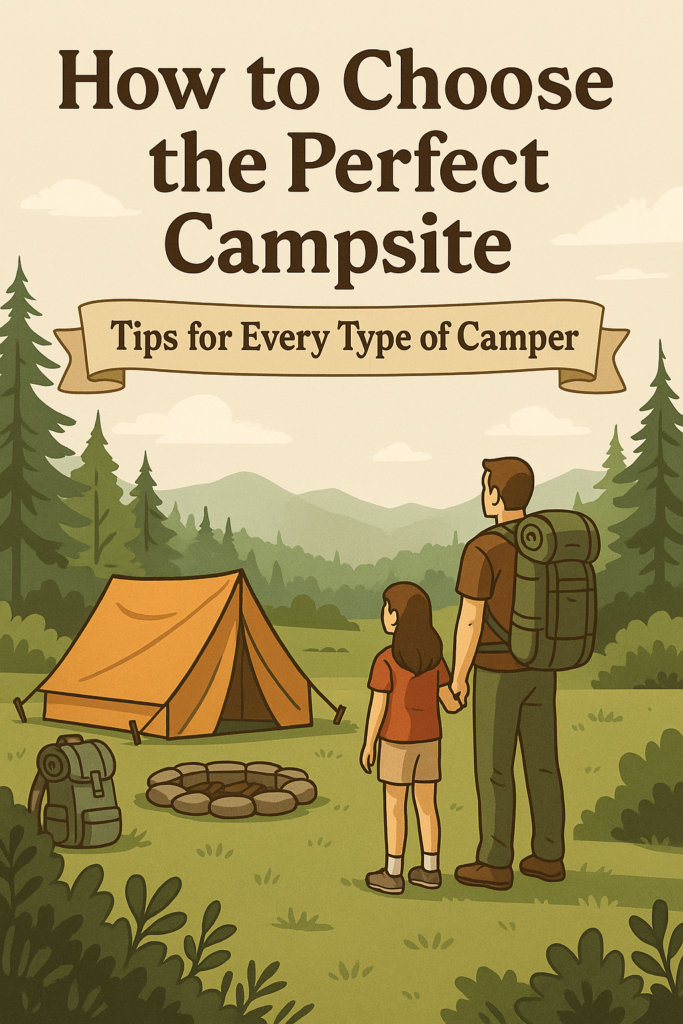
Whether you’re camping with toddlers or trekking solo into the backcountry, finding the right place to pitch your tent (or park your RV) is one of the most important decisions you’ll make. The perfect campsite isn’t the same for everyone—what works for a solo hiker might be a nightmare for a family with young kids. That’s why I’ve put together this guide, drawing from years of weekend getaways, family road trips, and more than a few camping “oops” moments.
We’re going to break it down based on different types of campers, so you can match your unique style with the kind of site that’ll give you peace, comfort, and maybe even a little adventure. Whether you’re after full hookups and hot showers or pine-scented solitude far off the beaten path, this guide has you covered.
And if you’re a parent like me? I’ll be including plenty of family-friendly campsite tips to help you keep the kids happy, safe, and smiling under the stars. Because trust me—nothing beats the feeling of watching your little ones roast their first marshmallow, knowing you’ve found just the right spot to make it happen.
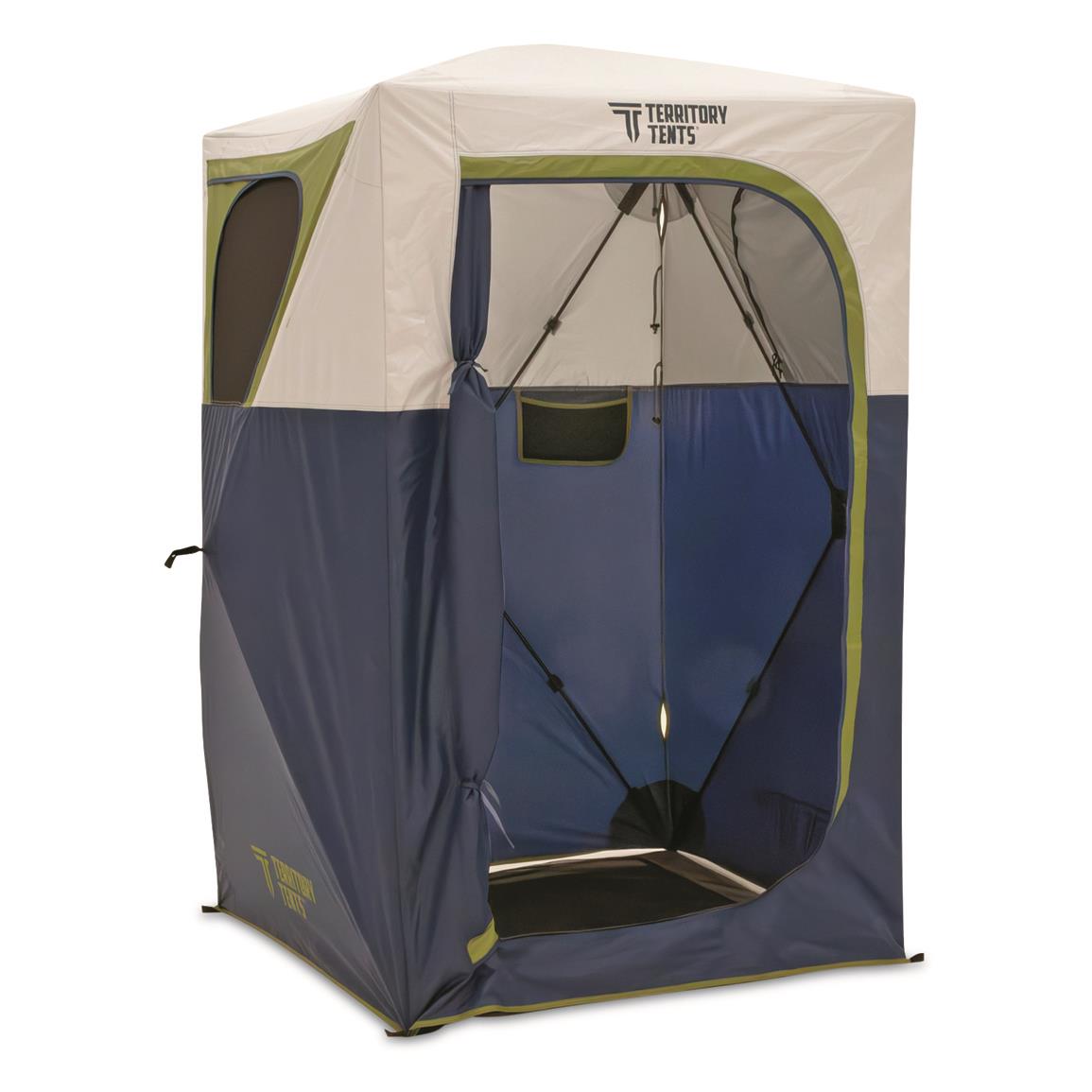







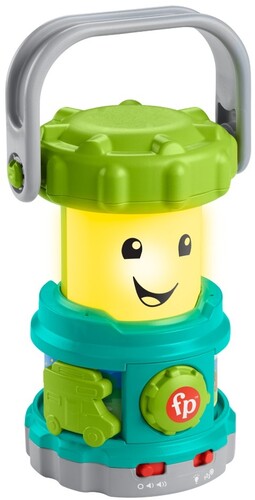

Know Thyself (And Thy Camp Style)
One of the biggest mistakes I see folks make—especially families new to the outdoors—is choosing a campsite before they really understand what kind of camper they are. Before you start scrolling through campground listings or clicking on glossy tent-site photos, take a moment to think about your camping style. It’ll help you narrow down the search and keep you from ending up in a site that’s too remote, too cramped, or just not right for your kind of trip.
Let’s start with a few honest questions: Are you the type who thrives on hiking deep into the woods with only a pack and a map? Or do you prefer rolling up to a site with full hookups, a hot shower, and enough space for your camper to spread out? Maybe you’re planning a family camping trip and need a flat, shaded site where the kids can play safely while you fire up the portable grill. There’s no one-size-fits-all answer when it comes to how to choose the perfect campsite—and that’s the beauty of it.
Here are a few camper types I’ve run into (or been!) over the years:
- The Family Camper (yep, that’s me): Prioritizes safety, proximity to bathrooms, and fun features for the kids.
- The Solo Adventurer: Wants quiet, seclusion, and maybe a view worth hiking for.
- The Weekend Warrior: Needs easy access and minimal setup time—get in, get out, enjoy the fire.
- The RV Enthusiast: Looks for electrical hookups, dump stations, and flat pull-through spaces.
- The First-Timer: Wants guidance, clear signage, and amenities close by to ease into the experience.
Each of these camper types will value different campsite features—and knowing your style makes the rest of your planning a whole lot easier. When we finally embraced that we were a “kids in tow, marshmallows by 7pm” type of family, we started finding campsites that made our trips easier, more enjoyable, and way less stressful.
So before you look at price, proximity, or even scenery, get clear on what kind of camper you are. It’s the first step toward finding the right spot—and making the most of your camping experience.

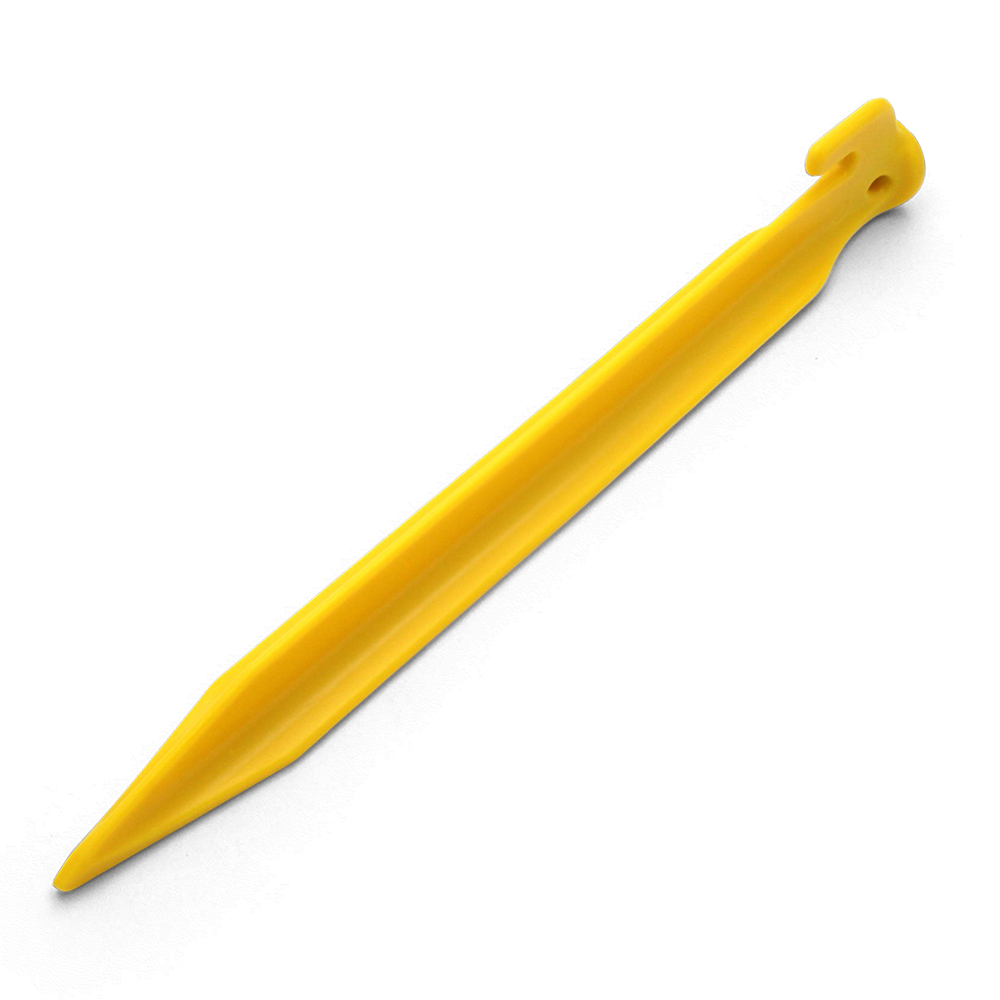
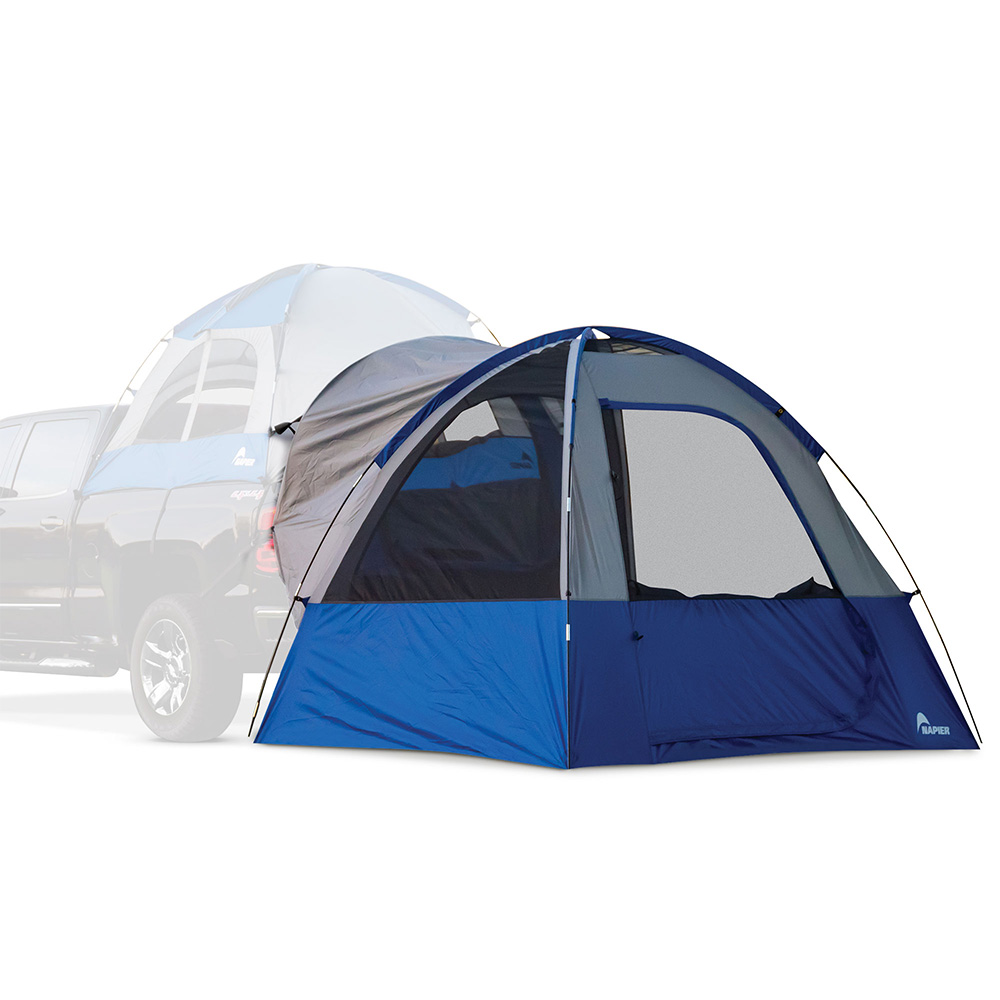
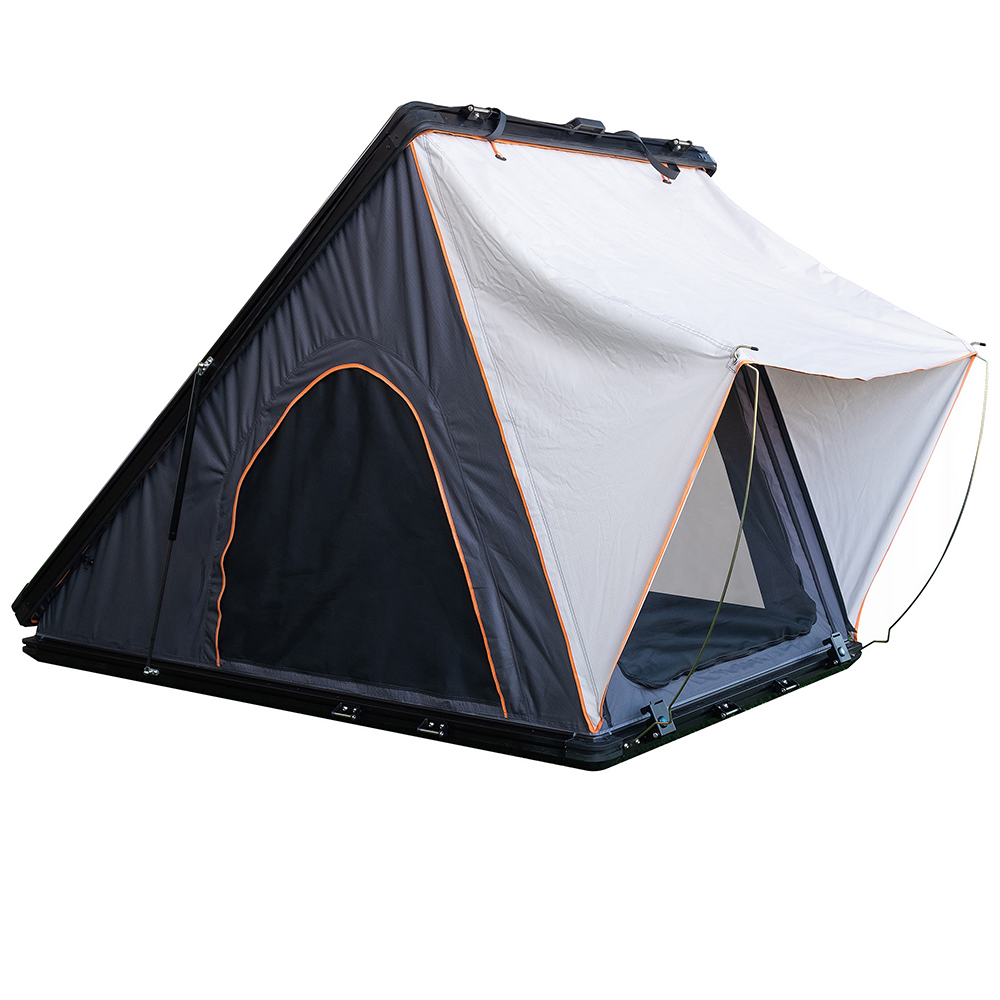
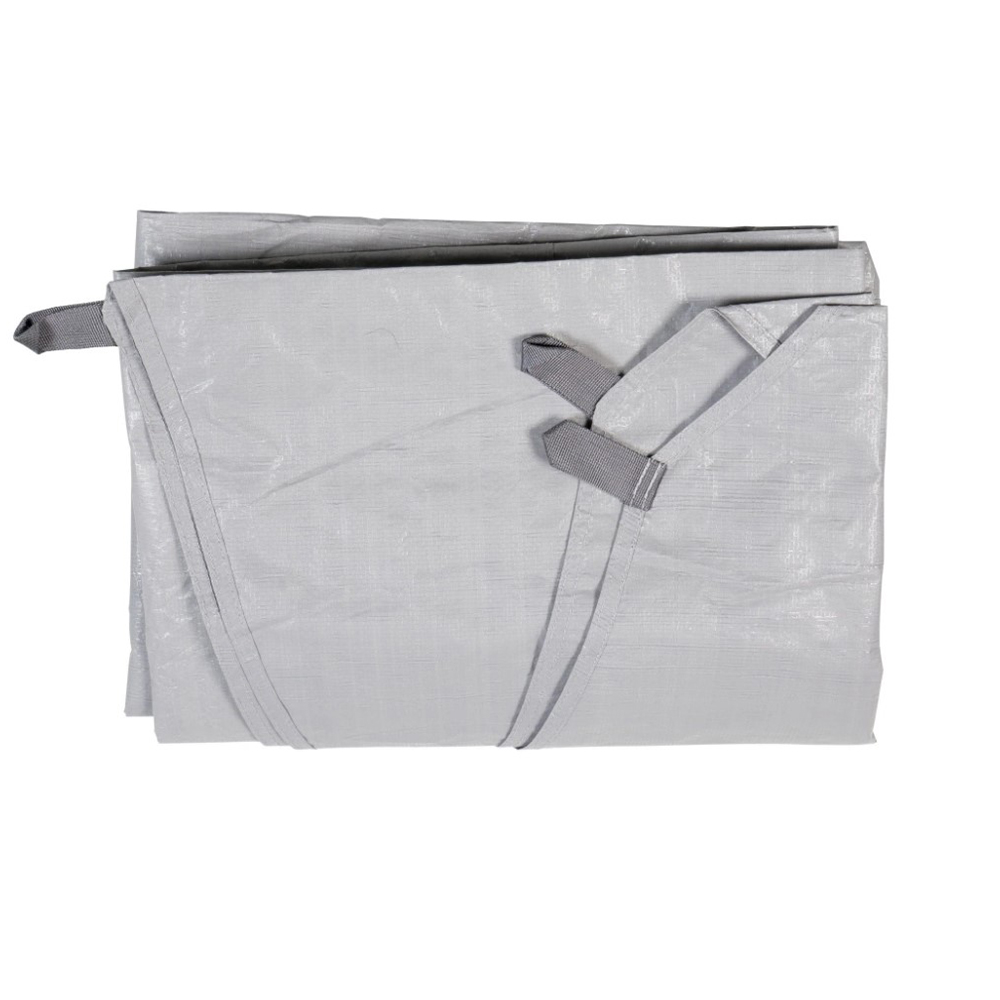
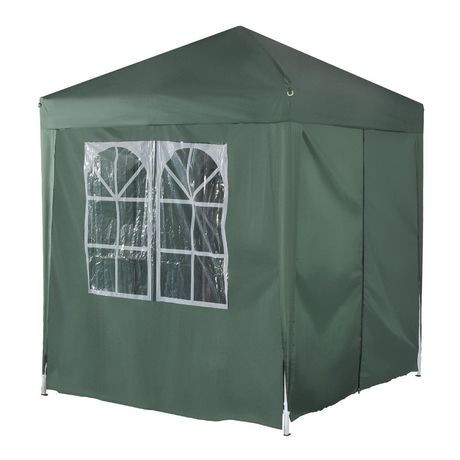

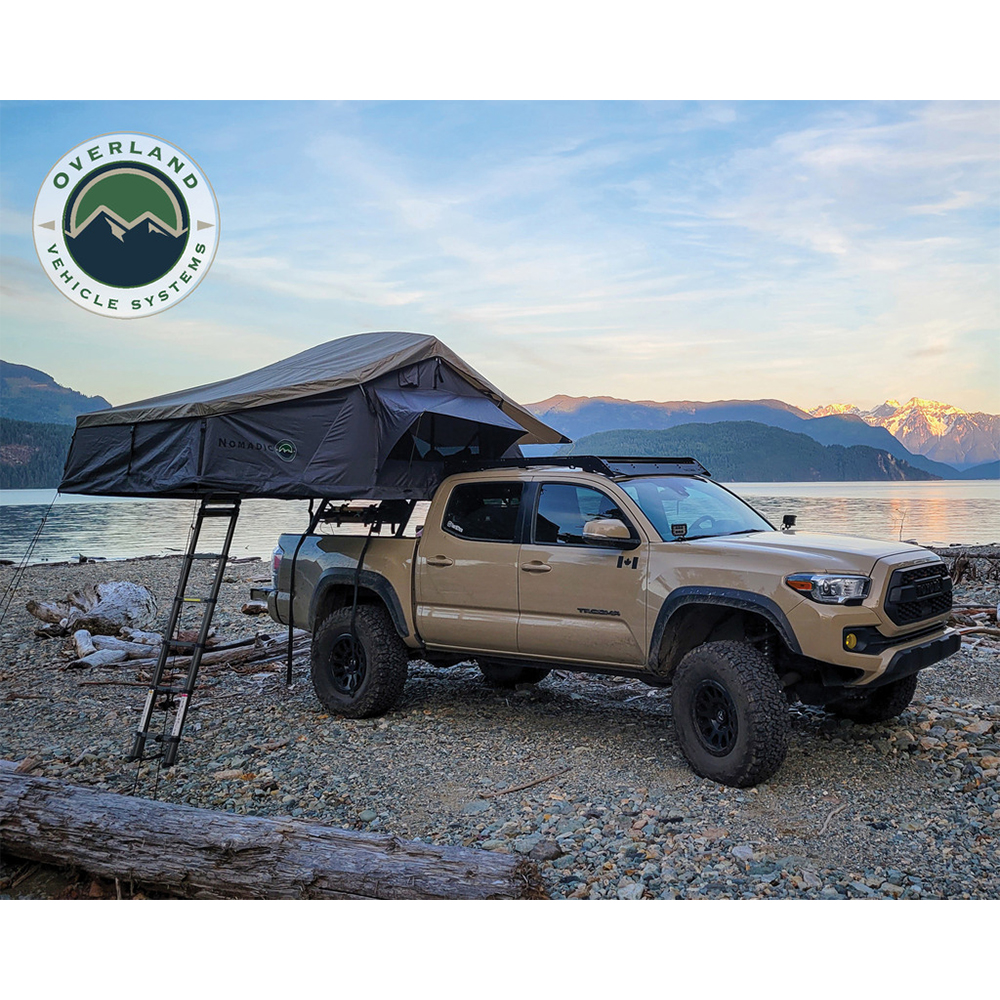
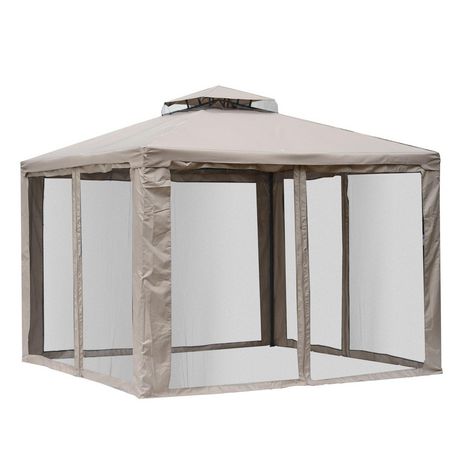

Must-Have Factors for Every Camper
No matter what kind of camper you are—or how many little adventurers you’ve got tagging along—there are a few non-negotiables that everyone should consider when figuring out how to choose the perfect campsite. These aren’t flashy features or “nice-to-haves.” They’re the core ingredients for a safe, comfortable, and stress-free stay in the outdoors.
1. Safety First, Always
I know it sounds basic, but not every campground puts safety front and center. Look for campsites that aren’t prone to flooding, are free of dead trees (aka widowmakers), and ideally have some cell service in case of emergencies. Check ahead for wildlife alerts—because while it might be cool to spot a bear from a distance, it’s a whole different story if your site is near a known food path.
Family tip: We always teach our kids where to find the nearest ranger station or emergency point. It becomes part of our “campground orientation.”
2. Accessibility and Convenience
If you’re hauling a car full of kids, gear, and groceries, you’re going to want easy access. A long, steep trail to your site might sound rustic, but it’s a headache when you’re carrying a cooler, firewood, and a child who suddenly “can’t walk anymore.” RV campers should look for level ground with pull-through parking, while tent campers will want a nice, flat pad with minimal rocks and roots.
Bonus tip: Sites close to water sources are great—but not too close if you have curious toddlers!
3. Drainage and Terrain
Even if the skies are clear when you arrive, always assume it could rain. A good campsite sits slightly elevated, has decent drainage, and won’t leave you sleeping in a puddle. Trust me—nothing ruins a family camping trip faster than soggy sleeping bags.
4. Shade and Natural Shelter
A little shade can go a long way, especially in warmer climates or during summer trips. Sites with tree cover offer natural cooling, shelter from wind, and—if you’re lucky—a perfect spot to hang a hammock. Be cautious, though: inspect overhead branches to avoid any surprises in the night.
5. Campground Rules and Quiet Hours
Every camper—especially families—should look into the campground rules before booking. Are quiet hours enforced? Are campfires allowed? Is it pet-friendly? Some sites have alcohol restrictions or require bear canisters, so don’t get caught off guard. A well-regulated campground can make all the difference, especially if you value sleep (and let’s be honest—what parent doesn’t?).










Best Campsite Features by Camper Type
When it comes to figuring out how to choose the perfect campsite, one of the smartest things you can do is tailor your site selection to your specific camping style. Every camper—from toddlers to retirees—has different priorities, and the “perfect spot” looks different depending on who’s sleeping in the tent (or RV) next to you. Let’s break it down.
For Family Campers (Yep, This Is My Wheelhouse)
Camping with kids is all about keeping them safe, engaged, and close to the essentials. You want a family-friendly campsite that has:
- Flat, shaded ground with room to move and play
- Clean, accessible bathrooms and potable water nearby
- A safe fire ring and picnic table
- Trails, creeks, or nature centers within walking distance
- Bonus points: a playground or ranger-led kids’ program
We love sites that are set back a bit from high-traffic campground roads but still close enough to civilization in case we forget something (which, let’s be honest, happens). When choosing a campsite, I always look for ones with tree coverage for mid-day shade and nearby activities that wear the kids out before bedtime.
Dad tip: If the site’s near a pond or stream, bring water shoes and a net—kids love looking for frogs and minnows!
For Solo or Backcountry Campers
If you’re hiking in with a pack and looking for solitude, the perfect campsite will be peaceful, legal, and leave no trace. Prioritize:
- Secluded locations with minimal foot traffic
- Safe distance from water sources (at least 200 feet)
- Flat terrain away from cliffs or heavy brush
- Known dispersed camping zones with good reviews
- Natural wind breaks or rock formations for shelter
Backcountry camping has its own rhythm. You’re carrying everything on your back, so you want minimal setup and a place that offers calm—without sacrificing safety. Always double-check that dispersed camping is allowed in the area, and leave the site cleaner than you found it.
For RV Campers and Glampers
You’re bringing the comforts of home on the road, so your needs are a little different. When picking the right campsite for RV camping, look for:
- Electric, water, and sewer hookups
- Pull-through or back-in options, depending on your setup
- Level ground and enough space to extend awnings or slide-outs
- Pet-friendly rules, if your fur buddy’s tagging along
- Easy access to the dump station and bathhouse
Some family-focused campgrounds even offer organized activities, Wi-Fi, and pancake breakfasts. We’ve done a few RV trips with extended family, and it’s a blast when the site has enough space for the kids to run around safely without getting too close to other campers’ setups.
For Weekend Warriors
You’ve got limited time, but you still want the full camping vibe. Look for sites that offer:
- Easy access to main roads or short hiking trails
- Fire rings, picnic tables, and possibly pre-laid tent pads
- Flexibility in booking (some weekend-friendly sites allow walk-ins)
- Minimal setup—flat ground, low elevation, and no special permits required
The goal here is to maximize fun with minimal fuss. I recommend state park campgrounds or small local sites that don’t require planning six months ahead.
For First-Time Campers
If this is your first go at camping, start with a site that’s easy, well-marked, and supported. That means:
- Ranger stations or hosts on-site
- Clear campground maps and labeled site numbers
- Amenities like bathrooms, potable water, and trash bins
- Firewood and ice available for purchase
- Bonus: Sites near educational programs or nature centers
We’ve brought a few newbie families along on camping trips, and trust me—starting at a well-established campground can help ease those first-night nerves. You’ll feel more confident, and it makes the whole experience less overwhelming for both kids and adults.
Choosing the right site based on your camping style doesn’t just make the trip easier—it makes it enjoyable. When your campsite fits your needs, the rest of the adventure tends to fall right into place.
![[Sleeping Bag] - The North Face (Eco Trail Synthetic 20)](https://kitlender-media.s3.amazonaws.com/images/products/2020/07/Sleeping-Bag---The-North-Face-Eco-Trail-Synthetic-20.jpg)
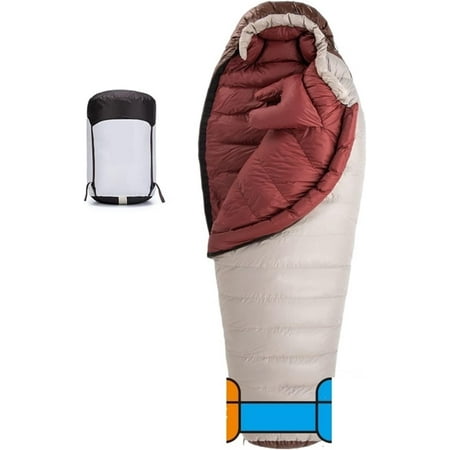
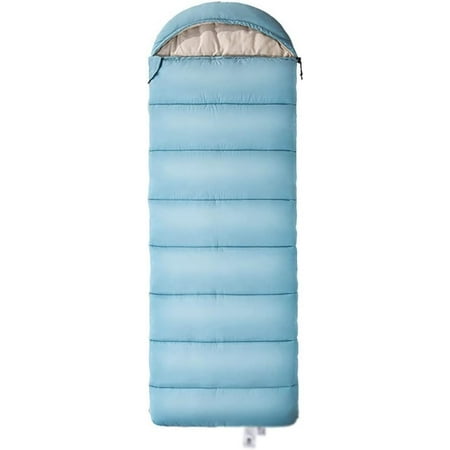

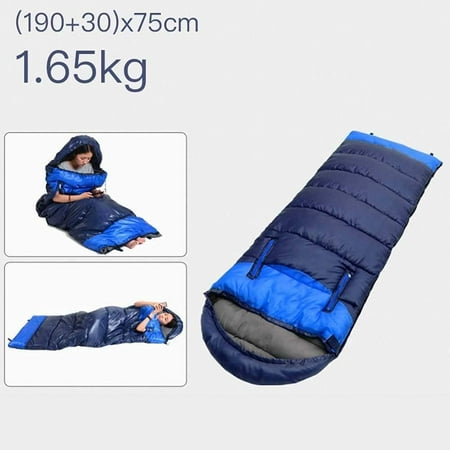
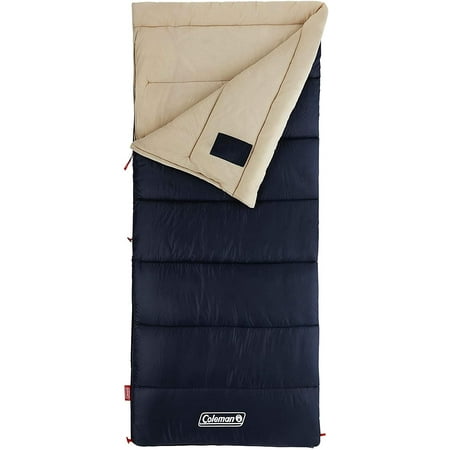
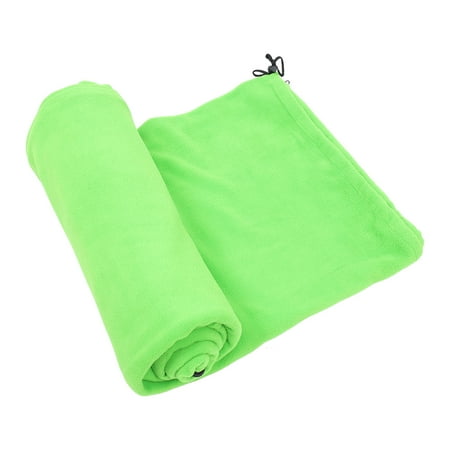

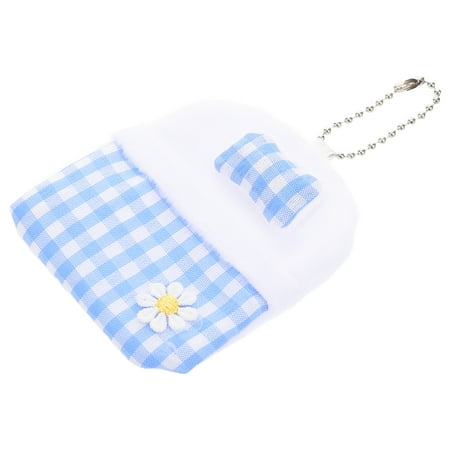

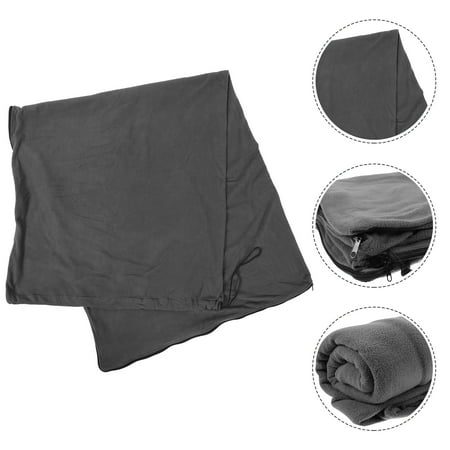
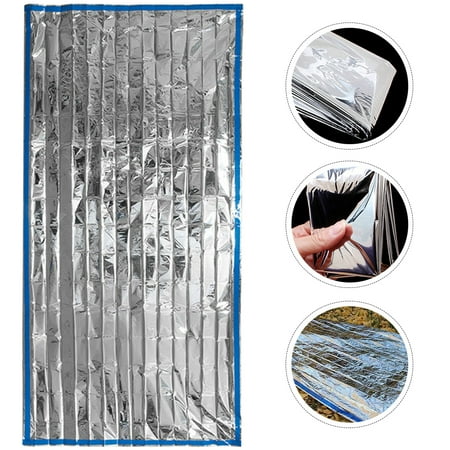
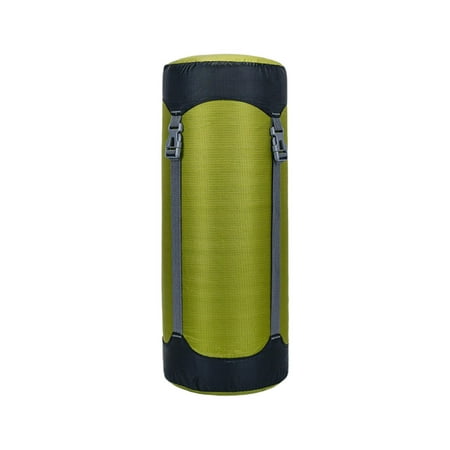
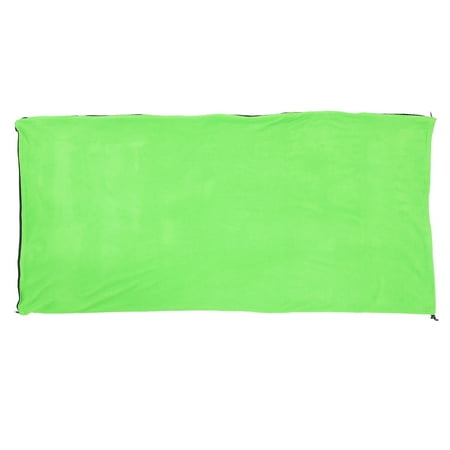
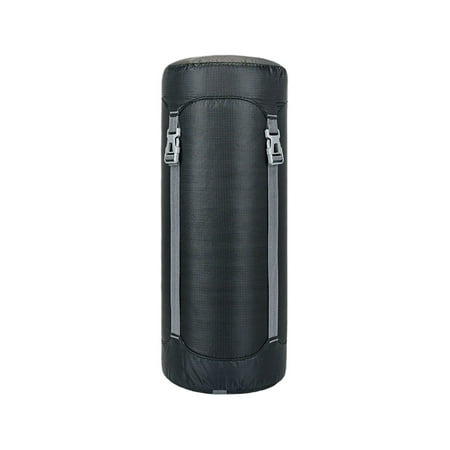
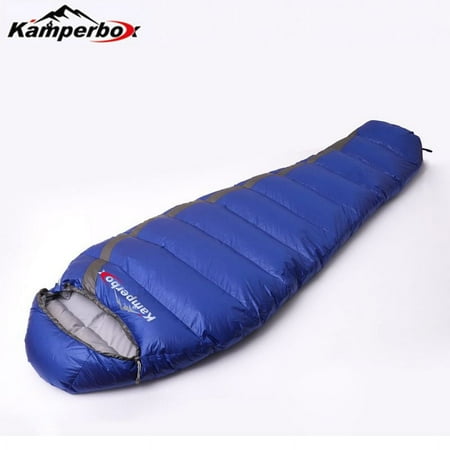
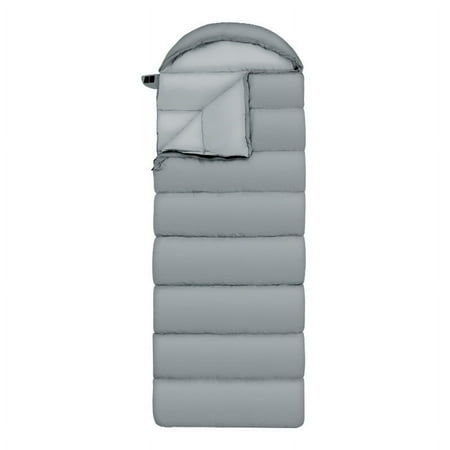
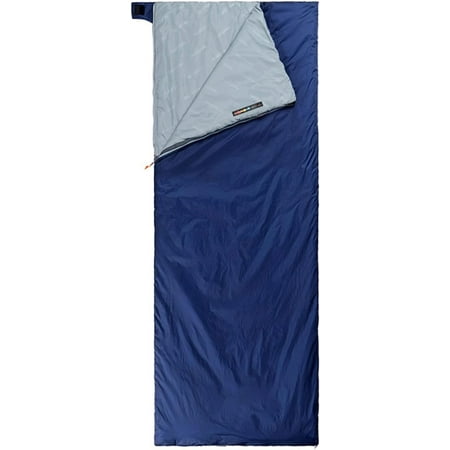
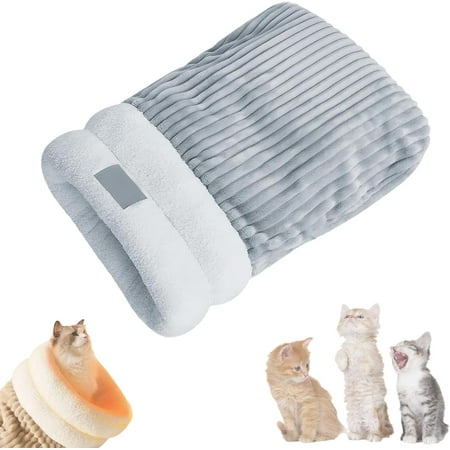

Resources to Help You Choose Wisely
Back when I first started camping, I was all about paper maps, camp host tips, and hoping for the best. These days? Technology’s your best friend—especially when you’re trying to figure out how to choose the perfect campsite that checks all your boxes. Whether you’re camping with a crowd or venturing off solo, there are some incredible tools that take the guesswork out of site selection.
1. Online Booking Platforms
Let’s start with the big names. These sites offer real-time availability, reviews, and photos from other campers:
- Recreation.gov – Ideal for national parks and public lands; great filters for accessibility, amenities, and campsite photos.
- The Dyrt – One of my go-to resources. The mobile app includes user reviews, offline maps (with a Pro upgrade), and crowd-sourced photos.
- Hipcamp – A favorite for finding unique, private campsites on farms, vineyards, or remote properties.
- Campendium – Especially helpful for RV users looking for hookup info, cell coverage reports, and road access notes.
Each of these platforms makes it easier to match your camping style to the right spot—and avoid showing up at a fully booked site or rough terrain you didn’t plan for.
2. Read the Reviews—Really
Campground reviews are gold—especially when written by families or campers who share your style. Look for mentions of:
- Site spacing (Are you crammed in or spread out?)
- Noise levels and enforcement of quiet hours
- Cleanliness of restrooms and showers
- Presence of bugs or raccoons (I’ve had both)
- Shade availability and wind protection
- Water access, trail proximity, and playgrounds
I always scan for any tips that aren’t in the official listing. “Site 14 has the best view of the lake” or “avoid Site 3, it floods when it rains”—those insights are clutch.
3. Make a Campsite Checklist
I keep a printed campsite checklist in our family camping binder (yes, we have one). It’s just a simple sheet with columns for “Must-Haves,” “Nice-to-Haves,” and “Dealbreakers.” This helps us stay focused when browsing sites and keeps everyone involved—including the kids!
Example Must-Haves for us:
- Restroom within 200 feet
- Shade from 11am–3pm
- Flat tent space
- Drinking water source nearby
4. Use Satellite View
Before booking, I always pull up satellite imagery through Google Maps or the reservation site if they offer it. You can check how close you are to neighbors, how shaded the site really is, or whether the fire pit is tucked into a weird corner. It’s like a sneak peek without the drive.
5. Have a Plan B
Even the most planned trips can go sideways—a sudden storm, a site double-booking, or trail closures. I always mark a few backup sites nearby just in case. It’s saved us more than once from sleeping in the car or driving another hour with tired, hungry kids in the back seat.
Using the right resources makes all the difference when learning how to choose the perfect campsite. The tools are out there—you just have to use them wisely. And once you find your groove, booking the perfect spot becomes second nature.










Mike’s Pro Tips from the Campsite
After years of trial, error, and a few too many bug bites, I’ve built up a mental checklist of little things that make a big difference when figuring out how to choose the perfect campsite. These are the small details—the not-so-obvious choices—that turn a “decent” trip into a memory-making adventure.
1. Walk the Loop Before You Settle In (If You Can)
If you’re not reserving ahead of time, walk or drive the campground loop first. Some sites might look great on paper but are sloped, rocky, or oddly close to trash bins. On a family trip to Shenandoah, we skipped the first open site we saw and found one tucked beneath a shady cluster of pines with a killer view of the mountains. Sometimes a 5-minute stroll is all it takes to find the real gem.
2. Use Landmarks for Kid-Friendly Orientation
Whenever we arrive, I give my kids a quick “tour” of our site and surrounding areas. We pick out natural landmarks (a big oak tree, a boulder, the path to the bathroom) so they always know how to get back. It builds independence and boosts their confidence—plus it helps me relax.
3. Bring a Tarp—Always
Even if the forecast says blue skies, bring a ground tarp. It’s saved us more than once from unexpected rain, heavy dew, or mud. Bonus: it keeps the bottom of your tent from tearing on gravel or sticks. Not every campsite is as clean or flat as it looks in the photos.
4. Don’t Rely on “Best Site” Lists—Make Your Own
It’s tempting to book based on someone else’s top-rated picks, but what works for a solo camper or RV driver might be a disaster for a family with toddlers. Use reviews as a guide, not gospel. Trust your gut—and remember that your perfect site is the one that fits your priorities.
5. Leave Room for Serendipity
Not every trip has to be perfectly planned. Some of our best memories came from backup sites or last-minute changes. Once, we ended up camping next to a creek we hadn’t even seen on the map. The kids spent the whole weekend racing sticks down the water like it was a miniature whitewater course. It wasn’t our first choice—but it turned out to be the perfect one.
6. Leave It Better Than You Found It
One of the best lessons I teach my kids around the campfire isn’t how to roast the perfect marshmallow (though I am pretty proud of that)—it’s how to leave a site cleaner than we found it. Picking up stray trash, smoothing the fire ring, and packing out every crumb reinforces respect for nature and future campers.
Choosing the perfect campsite isn’t just about amenities or proximity—it’s about the feeling you get when you unzip that tent door in the morning and realize you picked the right spot to make memories. And those little choices? They matter more than you think.
Your Perfect Campsite Is Out There
If there’s one thing I’ve learned over years of family camping trips, it’s this: how to choose the perfect campsite isn’t about luck—it’s about planning, awareness, and knowing what matters most to you and your crew. The right spot can turn a basic weekend into a full-blown adventure. The wrong one? Well, let’s just say you’ll have a story to tell… but maybe not the relaxing getaway you had in mind.
Whether you’re wrangling toddlers or hiking deep into the wilderness alone, the campsite you pick shapes your entire experience. From safety and shade to peace and proximity, every little feature plays a part in creating a comfortable, memorable stay under the stars.
So take a little extra time. Use the tools. Read the reviews. And most importantly—know your camping style. Once you get a feel for what works for you (and your family, if you’ve got one), the whole process becomes easier and more rewarding with every trip.
And remember—camping isn’t about perfection. It’s about moments. Campfire laughter, fresh air mornings, and those wide-eyed “wow” moments when your kids see a deer walk by the tent. The perfect campsite is the one that lets those moments shine.
Happy camping, and may your next site be your best one yet.
—Mike “The Family Camper”
![[Sleeping Bag] - The North Face (Eco Trail Synthetic 20)](https://kitlender-media.s3.amazonaws.com/images/products/2020/07/Sleeping-Bag---The-North-Face-Eco-Trail-Synthetic-20.jpg)




















Leave a Reply